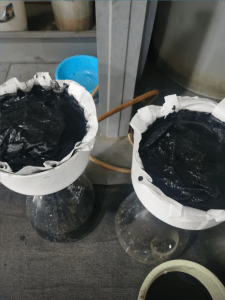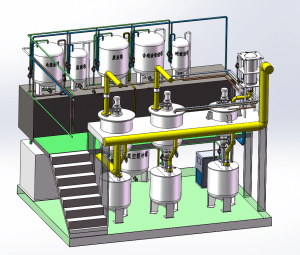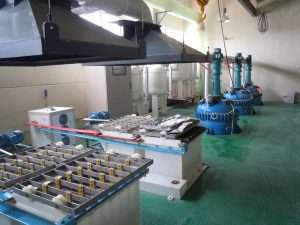Call us now:
A Platinum Group Metals (PGMs) recovery system refers to a process or set of technologies used to extract and recover precious metals from various sources, particularly platinum, palladium, rhodium, iridium, ruthenium, and osmium. PGMs are highly valuable and widely used in various industrial applications, including automotive catalytic converters, electronics, jewelry, and chemical catalysts.
The specific details of a PGM recovery system can vary depending on the source material and the desired end product. However, the general steps involved in PGM recovery typically include:
Collection and Preparation: The first step involves collecting the source material that contains PGMs. This can include spent automotive catalytic converters, electronic waste, or ore deposits rich in PGMs. The collected material is then processed to remove impurities and prepare it for further extraction.
Crushing and Grinding: In this step, the source material is crushed and ground into smaller particles to increase its surface area, facilitating better contact with the extraction agents in subsequent steps.
Chemical Leaching: Leaching is a common method used to extract PGMs from the prepared material. Various chemical agents, such as acids or complexing agents, are used to dissolve the PGMs selectively. The leaching process may involve factors like temperature, pressure, and residence time to optimize the extraction efficiency.
Precipitation or Reduction: Once the PGMs are in solution form, they can be precipitated or reduced to their metallic state. Precipitation involves adding specific reagents to the solution, causing the PGMs to form solid particles that can be separated. Reduction, on the other hand, involves adding reducing agents that convert the PGM ions back into their metallic form.
Separation and Purification: After precipitation or reduction, the PGMs need to be separated from other impurities. Various separation techniques, such as filtration, centrifugation, or solvent extraction, can be employed to isolate the PGMs from the solution or solid mixture. The separated PGMs may still contain some impurities, so additional purification steps may be necessary to obtain high-purity metals.
Refining and Recovery: The final step involves refining the isolated PGMs to achieve the desired purity levels. Refining processes can include techniques like distillation, electrorefining, or smelting, depending on the specific metal and its impurities. Once refined, the PGMs can be cast into ingots or further processed for specific applications.
It's important to note that the exact methods and technologies used in a PGM recovery system can vary significantly based on factors such as the source material, extraction efficiency, environmental considerations, and economic viability. Different companies and facilities may employ different approaches to optimize their recovery processes and maximize the value of the precious metals recovered.


